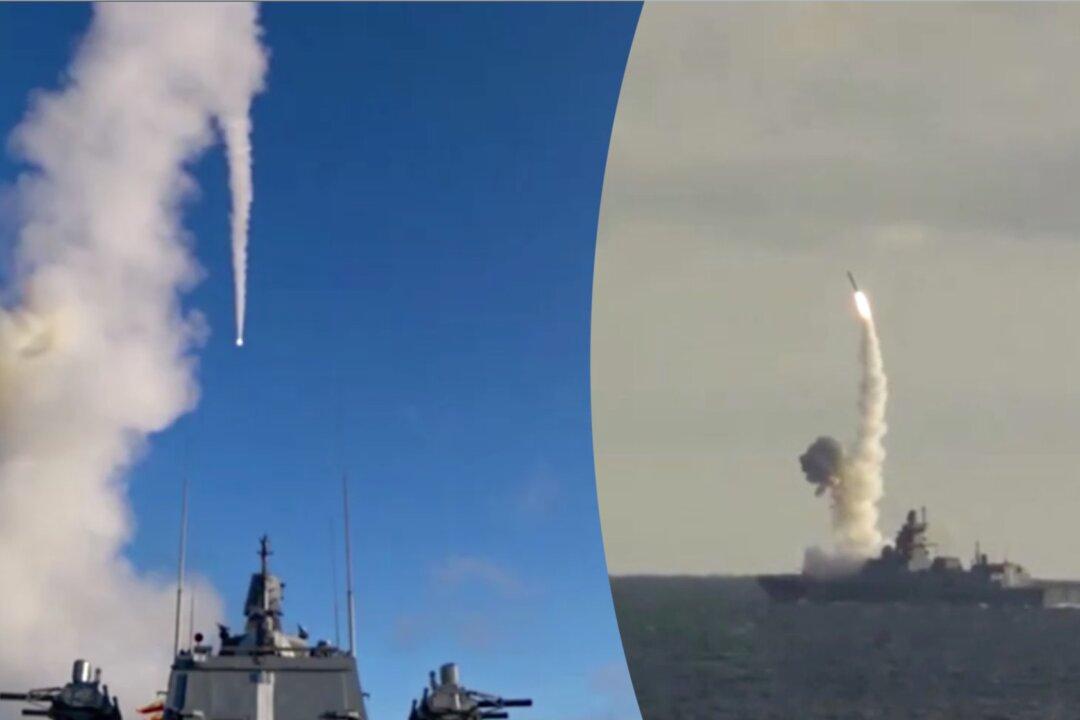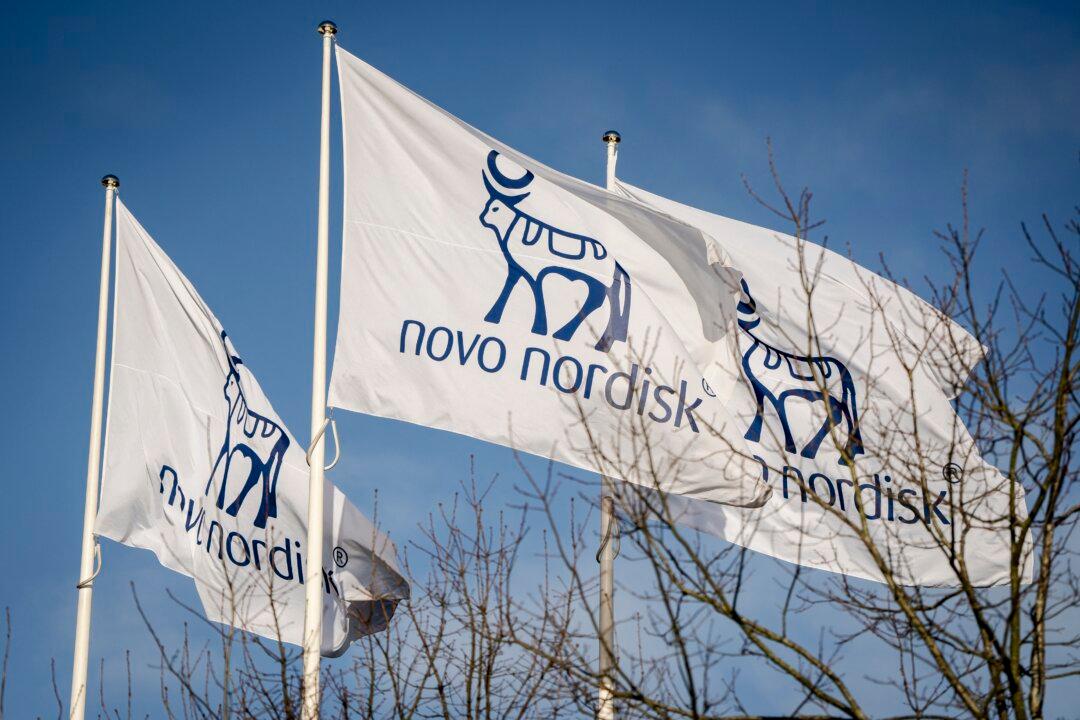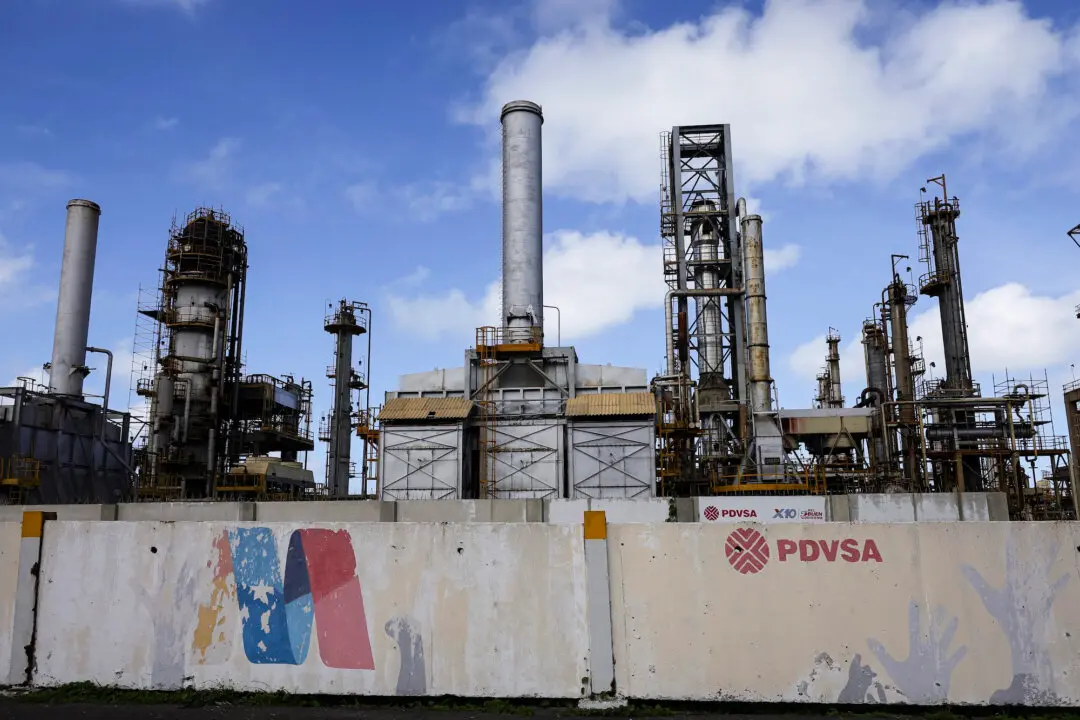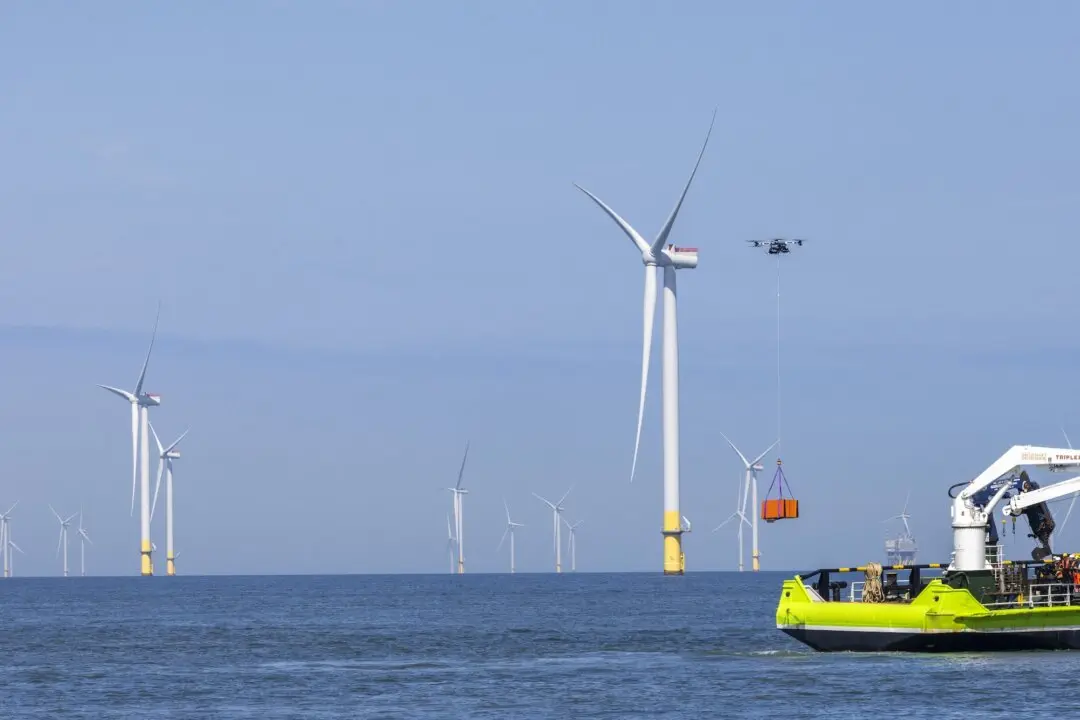Nuclear-capable missiles streaking across Arctic skies last week not only showcased Russia’s nuclear deterrent but also signaled to geostrategic rivals that Moscow’s bid to control vast swathes of Arctic turf is underpinned by a formidable arsenal.
Code-named “Thunder 2019” and directed personally by Russian President Vladimir Putin from the Defense Ministry’s headquarters, the drills involved five submarines, 15 surface warships, 105 aircraft, 12,000 troops, and 213 missile launchers.





